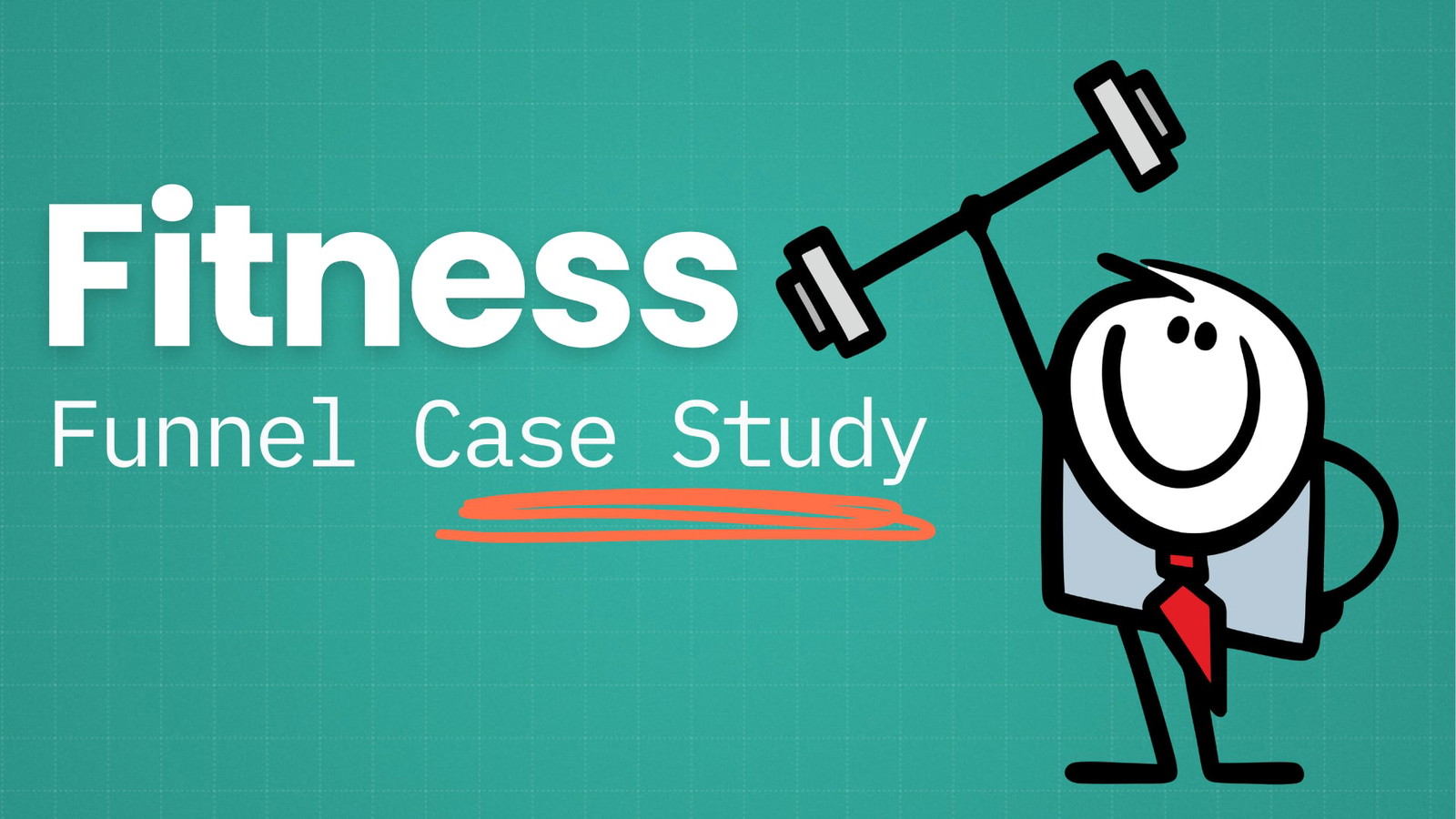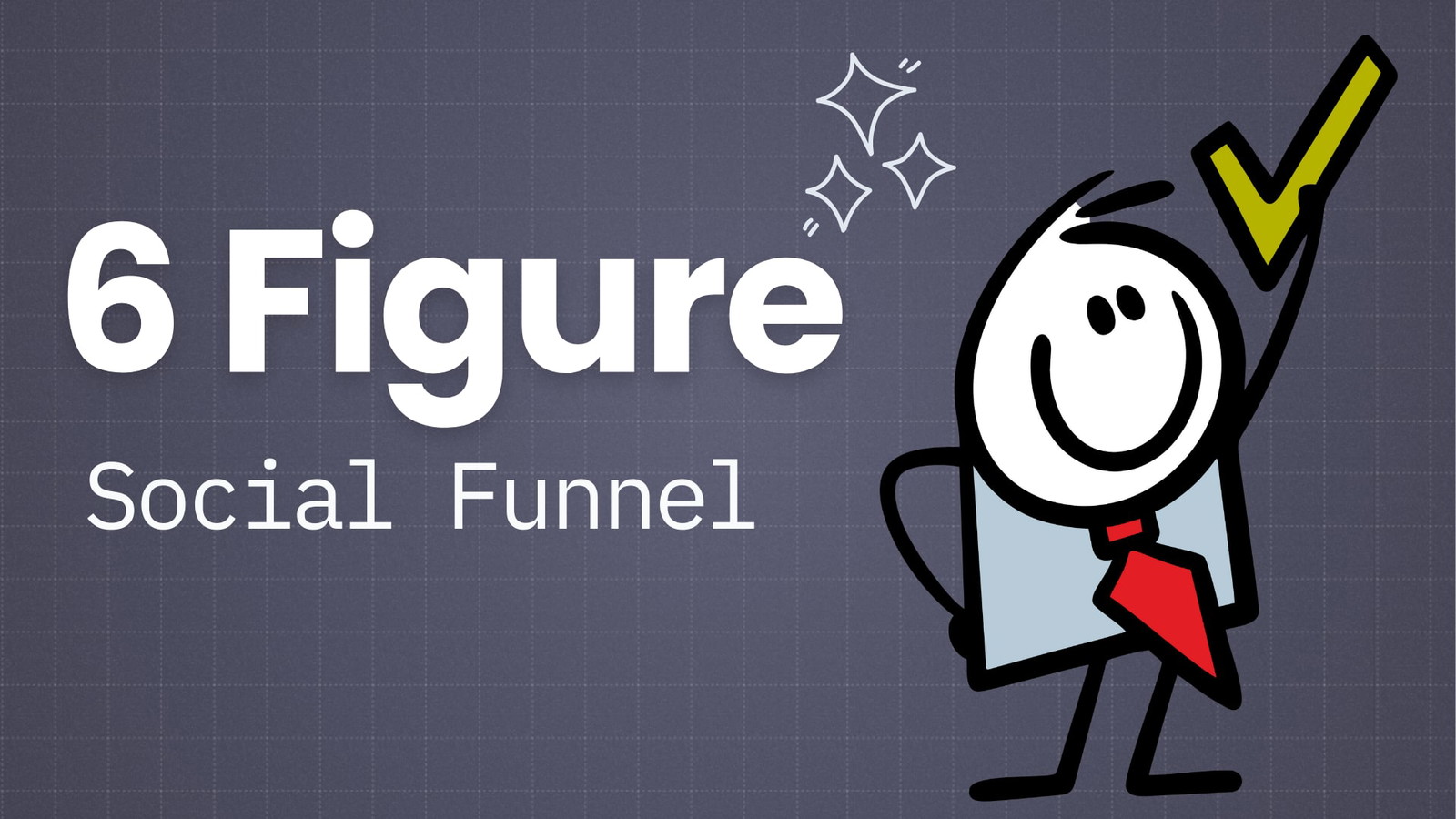Medium is a great blogging platform, but it has its flaws.
If you’re a writer, know that there are many Medium alternatives that can help you broaden your reader base, reach a different user base, or increase your income.
But not all platforms are created equal. Some may restrict your earning potential, while others may not have the audience reach you’re looking for.
To help you make a sound choice, we’ve analyzed 9 of the best Medium alternatives where you can turn your passion into a viable income source.
9 Best Medium Alternatives
Medium has a lot going for it — a clean design, an active community, and the potential to make money from your content through its Partner Program.
However, given the stiff competition from its over 100 million monthly contributors and geographic limits to monetization, some writers may want to find an alternative.
Fortunately, there are many alternatives available. Each excels in at least one area that other platforms – including Medium – are lacking in. For example, if you want to create a paid newsletter, Substack is your best bet. Likewise, Hubpages is a better choice if you want to rank your content in the search results.
To help you find the right blogging platform for your needs, we’ve crafted a comprehensive guide to the top Medium alternatives. We’ll explain what each platform is best at, and compare them on important factors like usability, monetization, earning potential, and more.
1 HubPages

Best For: Greater control over SEO (Search Engine Optimization) and steady income opportunities.
Ease of Use: Has a modular interface for creating your blog posts. Can take some time to get used to.
Monetization Potential: Limited ad and affiliate commission potential. You’ll need a ton of traffic to earn meaningful income.
Monthly Traffic: 1.9 M
Consistent monetization options such as display ads and Amazon affiliate links.
Greater manual control over SEO for your content.
A modular writing interface for complex content layouts when necessary.
A considerably smaller built-in audience.
A considerably smaller built-in audience.
Display ads can affect user engagement.
HubPages is a direct Medium alternative with many similarities. You can earn money by showing display ads and recommending Amazon products through the HubPages Ad Program and Amazon Program.
While it can’t compete with Medium’s large built-in audience, it does offer more SEO control. You won’t get as many visitors from the Hubpages platform, but you can optimize your content to reach more people via search engines.
And since your monetized content isn’t limited to paying subscribers (which is how Medium works), you’re incentivized to use SEO or social media promotions to drive outside traffic to your content. More readers mean more ad impressions resulting in greater earnings.
HubPages claims you earn around $50-$100 a month as passive income from your writing. However, you will need to publish a ton of articles to reach this mark.
2 Vocal.Media
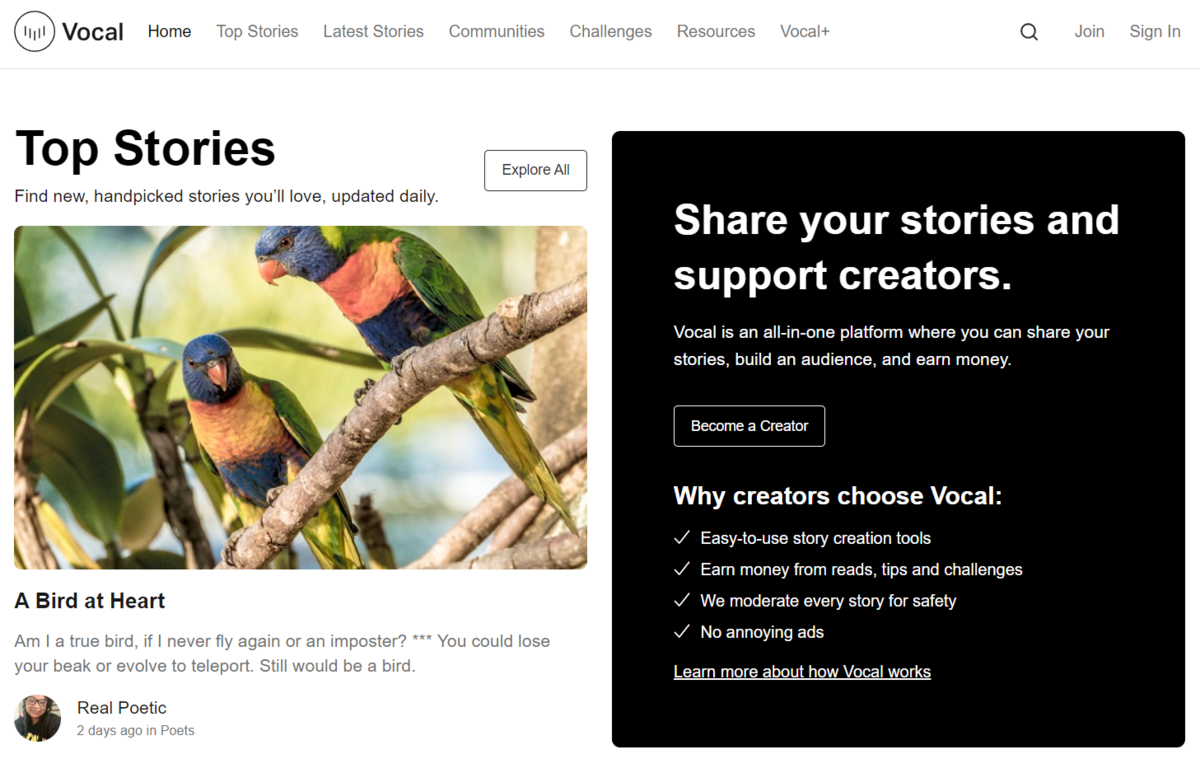
Best For: Cash-prize writing challenges and quick exposure to a broad audience.
Ease of Use: Simple, intuitive, and easily navigable.
Monetization Potential: Decent potential through viral posts that pay based on view count, writing challenges, and tips.
Monthly Traffic: 3.0 M
Predictable income with $3.80/1000 reads and an in-built tipping feature.
Writing challenges to earn big and reach a wide audience quickly.
A clean, ad-free user experience.
Limited built-in audience.
To earn more — $6.00 per 1000 reads — you need to become a paid Vocal+ member for $9.99/month.
Higher payout threshold at $35 (or $20 for Vocal+).
If your writing skills deserve recognition, consider Vocal Media. This blogging platform regularly holds writing challenges with cash prizes ranging between $500-$1000. Sometimes, the prize pool can be as high as $10,000 or even more.
Even if you don’t win, Vocal.Media pays a flat $3.8 per 1000 reads your pieces receive or $6 per 1000 reads by becoming a Vocal+ member for $9.99/month.
To maximize earnings, focus on reeling in more readers. You can do this by crafting catchy headlines and promoting your pieces on social channels. If you make a particularly strong connection with someone, they may even leave a tip.
3 NewsBreak
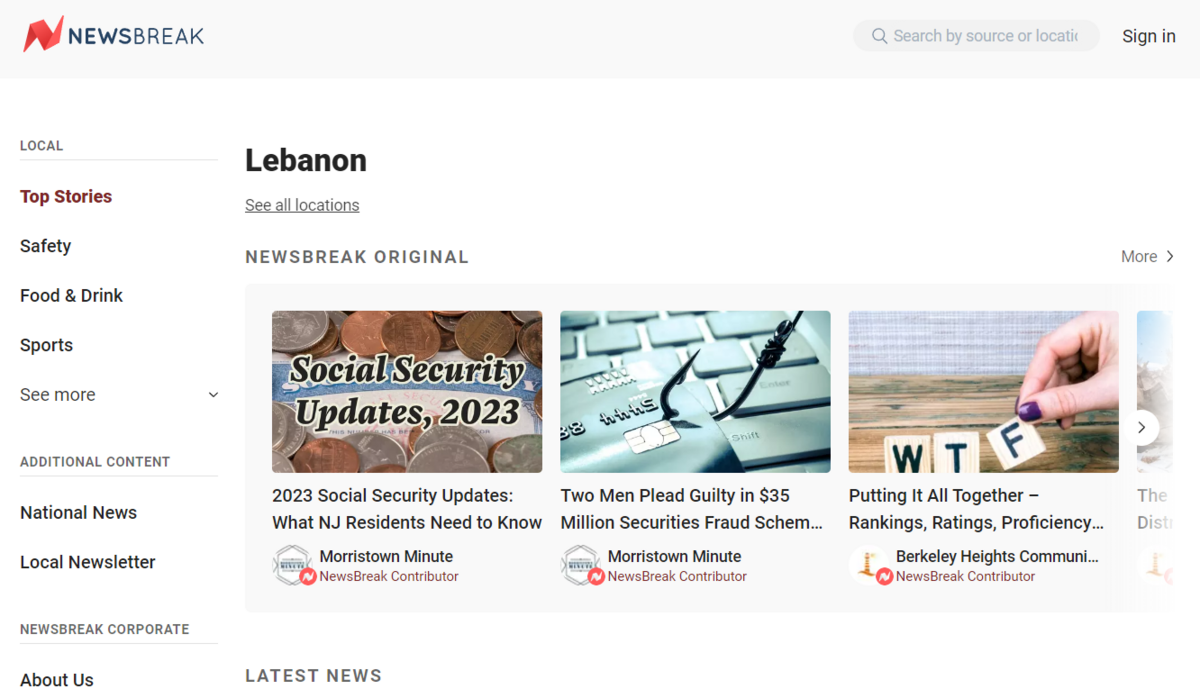
Best For: News-style articles and topics on a local or national scale.
Ease of Use: Simple, intuitive, and easily navigable. Ad presence can make the UI feel cluttered.
Monetization Potential: Good potential through viral news content that pays based on view count.
Monthly Traffic: 18.6 M
One of the top news apps in Google Play Store, offering access to 50 million monthly readers.
Payout is based on the number of views, making earnings predictable.
News content is more likely to go viral, which can boost your earnings.
You have to meet set requirements before you can apply for monetization.
Limited content variety.
Ad presence in the UI.
NewsBreak is a top online news magazine. Their specialty is local and national news in the US. If you want to cover big local events or review the new donut shop in town, this is the platform for you
To monetize your content, you need to publish at least 10 articles and have 100 registered followers. Accepted contributors will start making money based on ad impressions each piece gets. The exact pay rate can fluctuate from article to article.
NewsBreak’s biggest advantage is that news can quickly go viral, leading to high earning potential. Just remember that news has a short half-life, and any viral successes will be short-lived.
4 Steemit

Best For: Transparency and freedom.
Ease of Use: You need to get familiar with blockchain and crypto to understand how the platform functions.
Monetization Potential: High earning potential based on user engagement with your post. All payments are made in cryptocurrency.
Monthly Traffic: 4.2 M
Great for crypto enthusiasts. Rewards contributors in STEEM cryptocurrency.
High engagement due to incentivized commenting and upvoting.
Complete transparency with public information about rewards, upvotes, comments, and transactions.
Uses markdown formatting. Potentially complicated for some writers.
A steep learning curve for those new to blockchain and cryptocurrency.
Your earnings will decrease if the STEEM coin loses value.
At first glance, Steemit might seem like a Reddit clone, but the content reading experience is more akin to Medium.
What sets this platform apart is its unique infrastructure and monetization method; Steemit uses blockchain technology and has its own cryptocurrency, STEEM, which users can earn by engaging with and creating content. If you can consistently connect with users, earning potential is quite high, as a viral post can earn upwards of $100.
If you’re new to the crypto world, transferring your STEEM to a crypto wallet will involve some learning. I recommend checking out the Steemit FAQ page for more information.
5 Substack
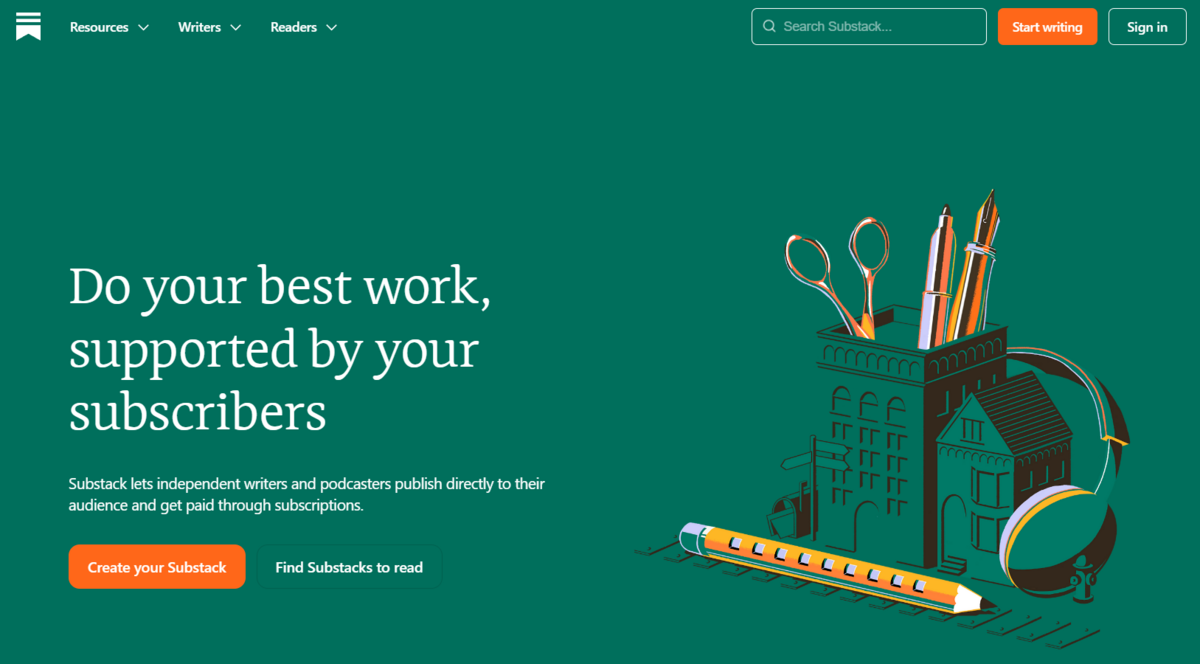
Best For: Building a direct relationship with readers through newsletters and monetizing it using paid subscriptions.
Ease of Use: Clean, simple, easy to navigate. Managing subscriber lists and understanding analytics will require some learning.
Monetization Potential: Huge potential through highly monetizable newsletters.
Monthly Traffic: 44.5 M
Connect directly with readers through newsletters.
Monetize your content using paid newsletter subscriptions.
Simple, focused writing experience for newsletters.
The platform has a poor recommendation engine.
10% platform fee on earnings from paid subscriptions.
One of the most popular Medium alternatives, Substack delivers a clean UI for creating content and connects you with a large readership. But unlike Medium, Substack doesn’t pay you for the content you write or the engagement it generates.
Instead, you can build a newsletter using an intuitive interface. Users reading your content can subscribe to your newsletter, which will provide direct access to their inboxes. This is really powerful, as it’s easier to reach someone via email than a third-party platform.
You can monetize your content with affiliate links in your newsletters or promote your own product or service. Substack also lets you set up paid subscriptions for a 10% fee, where you can set your own rates for subscribers to access your newsletter.
6 Ghost
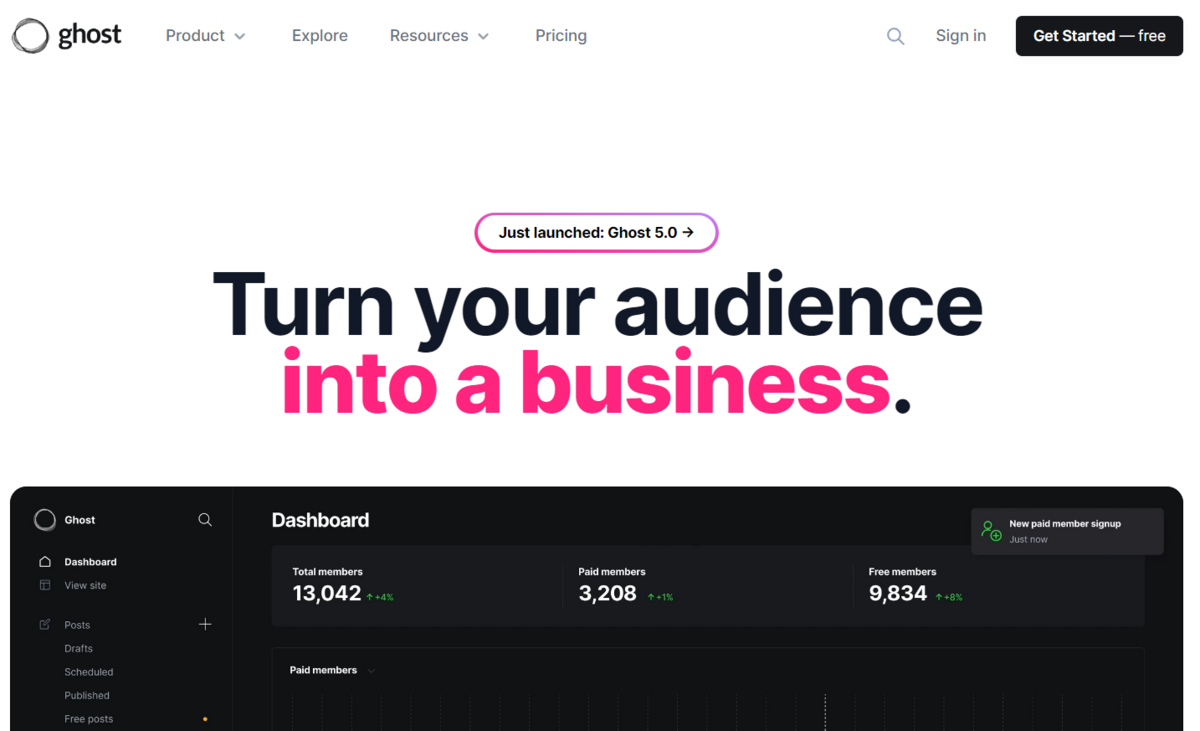
Best For: Creating a personalized blog to market, curate, and distribute content.
Ease of Use: The overall UI is clean and simple. However, you’ll need to host the CMS platform, which requires a certain level of technical knowledge.
Monetization Potential: Huge potential by selling paid subscriptions.
Monthly Traffic: N/A
Full control over your blog’s look, content curation, and distribution.
Access to in-depth analytics to evaluate content performance.
Nobody can remove your content.
No built-in audience.
Initial cost in buying a domain and renting servers to host your Ghost-powered blog.
A higher degree of technical knowledge is necessary.
Ghost is an open-source blogging platform – technically known as a Content Management System (CMS) – that allows you to build your own self-hosted blog. You don’t need to worry about platform guidelines; you make the rules.
The main benefit of a self-hosted blog is that you can monetize your content through multiple avenues, including display ads, affiliate commissions, newsletters, and even selling paid subscriptions.
But with great power comes great responsibility.
In this case, you’ll need to buy and set up a custom domain, purchase web hosting, remember to update the Ghost software, manage the content curation, and so on. You don’t need to know this right out of the gate, but you do need to be comfortable with learning.
If you want help setting things up, check out this excellent Ghost tutorial.
You’re also in charge of driving traffic to your blog. Thankfully, Ghost offers a robust SEO system to optimize your content for organic traffic. You can also access enhanced analytics to see how your content is performing and optimize it accordingly.
If you’re wondering if “owning” a blog and taking on these additional responsibilities are worth it, I’d recommend checking out these reasons to start a blog.
7 Write.as
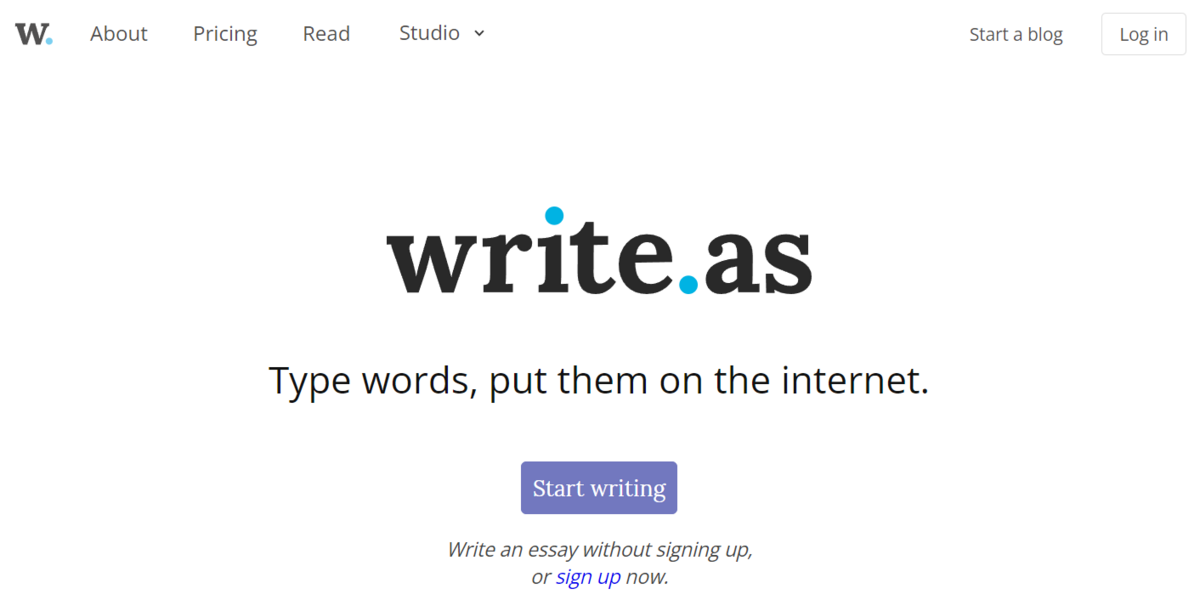
Best For: Privacy and anonymous or pseudonymous content publishing.
Ease of Use: A super clean, minimal, and intuitive platform with a laser focus on writing content.
Monetization Potential: Very limited potential. Only able to get microtips from readers.
Monthly Traffic: 2.3 M
Publish articles under pseudonyms.
Monetize your content by accepting microtransactions.
No account needed to publish content (though this prevents monetization).
Lacks content organization features like tags or collections.
Only paid accounts starting at $6/month.
Write.as offers a clean, ultra-minimalistic, and ad-free user experience where the content takes center stage. Even the author can take a backseat, as one of the main features of the platform is anonymous posting without creating an account. That said, account-less posts only stay live for 1 hour.
If you decide to create an account, you’ll need to subscribe to their paid membership plan starting at $6/month. This will allow you to post anonymously or under a pseudonym. You can also create private and password-protected blogs.
You can even set up microtransactions and accept tips from readers who really like your work. However, if earning money is your main goal, Write.as may not be the best choice. It’s best used as a distraction-free writing space to quickly (and sometimes anonymously) share your thoughts.
8 Tumblr
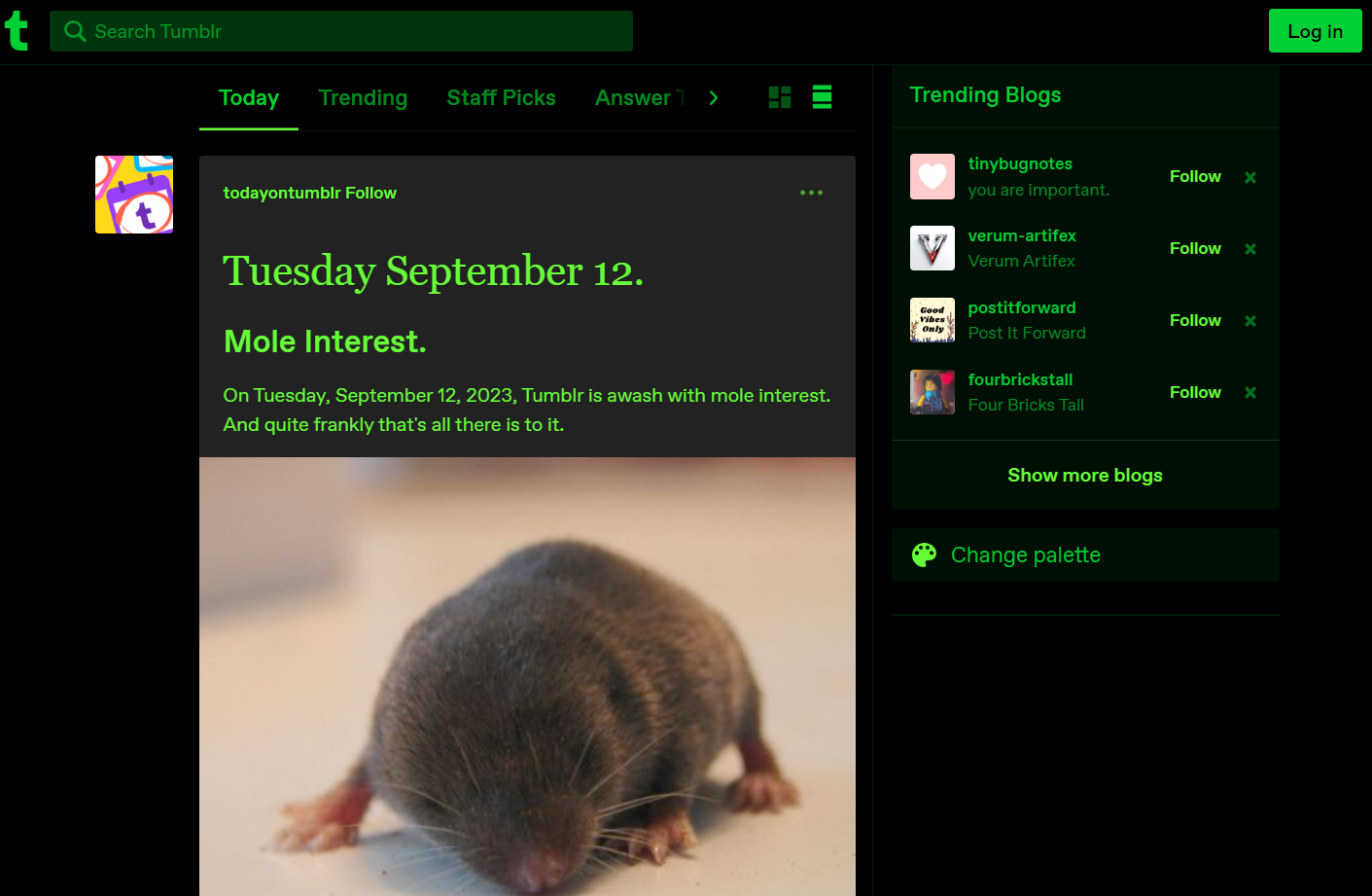
Best For: Audience engagement and multimedia content.
Ease of Use: Functions like a social media network and easy to use.
Monetization Potential: No built-in monetization methods, but you can add your own ads and affiliate links. Hard to build meaningful income.
Monthly Traffic: 215.6 M
A larger user base than Medium.
Powerful content recommendation algorithm to help you get discovered.
Tons of social network features to help increase user engagement with posts.
Supports a wide range of multimedia content, including images, GIFs, video, and audio.
There’s no built-in monetization option.
The platform lacks manual SEO features.
Both Tumblr and Medium offer a cross between a blog and a social media network. The main difference is that Medium focuses on being a blogging platform, whereas Tumblr prioritizes social sharing of many types of media.
It’s also worth pointing out that Tumblr skews to a younger audience, and the content is more geared towards video games, pop culture, and creative visuals.
Tumblr doesn’t offer any built-in monetization options. However, you can add third-party ad networks like Google AdSense to monetize your blog. You can also promote affiliate products and make sponsored posts if your blog gets big enough.
9 WordPress

Best For: Establishing a blog or website with extensive control over its looks and functionality.
Ease of Use: Tons of features that you’ll need to learn before you can get the most out of it. You’ll need to host the CMS platform which requires a certain level of technical know-how.
Monetization Potential: Huge potential through affiliate marketing, ads, and ecommerce.
Monthly Traffic: N/A
Use themes to tweak the looks and plugins to extend functionalities.
Use themes to tweak the looks and plugins to extend functionalities.
Add any monetization feature you like – from ads to e-commerce.
Powerful SEO features to reel in organic traffic.
Technically more complex with a considerable learning curve.
A lot of management responsibilities, including platform maintenance, content marketing, content creation, and curation.
WordPress is our #1 recommended blogging platform, especially if you want to build a business around your writing. WordPress powers 43% of all websites, in large part due to its user-friendliness and incredible ecosystem of plugins and themes.
What makes WordPress so great is its incredible customizability. You can make the website look and act however you want. And the base WordPress software is completely free; you only need to buy add-ons for advanced functionality.
To launch a WordPress blog, you’ll need to learn to subscribe to a web hosting service and connect it to a domain name. What’s more, you’re in complete control of your blog, so you must learn how to publish and curate posts, design menu systems, create web pages, handle comments, and manage all the themes and plugins you install.
WordPress does present a steep learning curve, but the fruits of your labor can be immensely rewarding. To give you an idea of the potential, here’s a case study of an 18-month-old WordPress blog we sold for 6 figures.
This brings us to one of the most beneficial aspects of a WordPress blog – you’re building an asset you can sell. We’ve sold multiple blogs 6 figures because we owned the blogs and all of the rights associated with them. You can’t build a similar asset by blogging on somebody else’s platform.
Conclusion
There are many viable Medium alternatives, each of which has unique strengths.
However, if you’re looking to earn substantial money from your writing, WordPress stands head and shoulders above the others. We don’t recommend you use any of the other platforms listed because you’re building someone else’s platform – not your own.
If you want to learn more about how you can build a WordPress blog that can sell for hundreds of thousands of dollars, check out our free training.
We’ve spent over 10 years building and selling WordPress blogs, and we’ve distilled all of that experience into this free webinar. In it, you’ll learn the 7 secrets that make new websites 83% more successful.
FAQs
Medium is still popular in 2024. In fact, it’s never been more popular. As of December 2022, Medium had over 100 million active users – its highest count ever. It remains one of the best blogging platforms to write on thanks to its enormous reach and ability to monetize content with its Partner program.
Substack and Medium differ primarily in their monetization methods. Medium pays creators based on reader engagement, while Substack enables writers to monetize directly through paid subscriptions to their newsletters.
This business model allows Substack users to build a direct relationship with their readers via their email inboxes, whereas Medium interactions primarily happen on their blogging platform.





